A home full of guests was how we planned this holiday – friends from Houston would pot sunshine and Texas steaks, stuffing them in bulging blue Samsonite cases, while friends from Nigeria would come armed with Kilishi (Nigerian beef jerky) and peppered plantain chips; we, in the Netherlands would provide the snow, sleighs and bells.
We, the adults would stay up late every single night, kids tucked in bed, talking, chatting and laughing till ribs ached and tummies hurt, and then we would head to bed at 3am, fully aware that 8am wake ups would be part of the ‘rising-with-the-sun’ routine.
To be honest, things have not gone exactly as planned. Thanks to the mass of white sunshine from the skies aka snow, currently blanketing Europe, the ‘American’ friends, who travelled en route London, got stuck there and eventually braved a ferry crossing with all 5 suitcases after 2 days. We ended up with packs of graham crackers and loads of Ziploc bags – everything I had on my list and then they left 2 days before Christmas. And the Nigerians? Well, they arrived here on Boxing day, giving me sufficient time to buy some Mascarpone and make some Tiramisu to rebuild some trust – that’s a story I will share with you soon. Just think of ‘Shortcut Tiramisu’ and loving Tiramisu. Which one do you reckon would taste better? Story for another time….
It has been fun though, I must say – the grown-ups have laughed their way through many a movie and failed act; my girlfriends and I have cooked up a storm of great and easy recipes, while the men have sat down, chimed in with comments on flavours and textures, while doing nothing, absolutely nothing 🙂 and the kids have had fun, packing snow into hard balls in futile attempts to build a snowman.
The recipes I share today are things we’ve cooked up in the last few days, my friends and I. They are mostly quick, easy to put together with great flavours and textures. I’ll begin with one for breakfast, made with one of my favourite fruits, Le Kumquat, as featured in this rice pudding and that flavoured oil, and now loved by daughter #1, a fan of all things tart. For a while, I’ve been scheming about making a kumquat marmalade. A couple of weeks ago, with nothing to do but laundry and housework, I got busy and rustled up a tiny batch of kumquat and vanilla marmalade. It was delicious but I learnt a few things: if you’d like to use whole vanilla pods in your recipes, best to make some vanilla powder first for blending citrus skin and a whole, soaked vanilla pod leads to chopped flesh and vanilla chunks – tasty perhaps but not pretty. Regardless, this marmalade, lightly flavoured with rum was cleaned out in days. Prompting a swift repeat. This time I was super prepared with vanilla powder in hand, and decided to make 2 versions – vanilla & rum and ginger & cardamom.
Recipe #1, Breakfast: Kumquat ‘smoothie’ marmalade
I believe some orange citrus must be on show at Christmas, be it clementines,mandarins or oranges. Last year, we indulged in some Clementine curd and red-wine poached kumquats. This year, the kumquats play centre stage in a recipe where I employed the services of my blender for many reasons – it is done in a snap and helps concentrate the flavours by making every part of the fruit contribute, like in my Strawberry Cardamom Smoothie Jam. I particularly adore this Kumquat marmalade for its finely hacked citrus bits.
Ingredients
250g kumquats1/2 – 1 cup sugar
2 cups water Vanilla & Rum: seeds of 1 vanilla pod/1-2 teaspoon of vanilla powder and 1 – 2 teaspoons brown rum Ginger & Cardamom: 1/2 teaspoon finely minced/grated ginger and the crushed seeds of 4-6 cardamom pods
Tips
In a spice/coffee grinder, blend the cardamom seeds with some sugar, to crush the seeds and maximise the flavour extracted.
To get your ginger fine, pass it through a garlic press.
Watch the kumquats when they cook: they have a tendency to quickly caramelise if on too high a heat – I’ve suffered caramelised whole kumquats in syrup. While the result may be pleasant, you’ll be left with a golden brown marmalade, rather than a sweet bright orange. Be warned.
How to
Wash the kumquats and remove the stalk/stalk bed.
Slice the kumquats in half length-ways and separate the skin from the central fruit flesh and seeds, don’t throw anything away yet as the membrane and seeds in a small bowl are pectin-rich, perfect for providing a great set.
If you prefer a thick cut marmalade, you may want to slice the skin into your preferred thickness before the next step. I like a fine-cut marmalade and so soak the fruit skins and chop the soaked fruit in a blender later!
In a large non-reactive bowl, put the kumquat skins and the water. Then put the membrane and seeds in a cheesecloth spice bag or in a makeshift cheesecloth bag – add to the skins in water. Cover and let stand for about 12 hours or overnight.
After the ‘rest’, gently squeeze the cheesecloth into the bowl with the skins and water, to release the translucent, thick pectin-rich juices. Repeat the squeeze until most of the juices have been extracted, then discard the membrane and seeds.
Put the kumquat mixture in a blender or food processor and pulse a few times, till the skin is chopped up and you get a cloudy, orange mixture.
Pour the fruit mixture into a heavy-bottomed, medium sized saucepan and add the sugar, stirring to dissolve it.
If making the vanilla version : add the vanilla seeds/powder to the pot now.
If making the ginger and cardamom version: add the ginger and cardamom now.
Bring to a boil on high heat, 1 – 2 minutes and then turn down heat to a simmer to prevent excessive caramelisation and preserve the colour. I allow it to simmer, checking for ‘readiness’ by visual inspection – skim off any foam, and gently stir occasionally. From the world of jam gelling, it is ready when the temperatures reach about 100 degrees C(or 215-220 degrees F) and a teaspoon of mixture dropped onto a cold plate gels.
Remove the pan from the heat once it has set and let stand for about 5 minutes.
If making the vanilla version : stir in the rum now.
If you want to can, use your tried and trusted canning method. For those that will be consumed ASA, pot and refrigerate. Smear on toast, dollop on yogurt and glaze cakes. I plan on trying at some point crostatas………….we shall see how those pan out. Maybe with the next batch :-). My friend B, like the vanilla & rum version – she said ‘You can taste the kumquats’. Of the gingered version, she said (admittedly a non-ginger& cardamom lover) ‘You don’t get the pure kumquat flavour’. Simply put……she had her favourite, as did I and I loved both!
Recipe #2, Appetizers: Chilli Bacon-wrapped Plantains, makes about 21 – 24 pieces
I grew up eating plantains as an essential part of my Nigerian diet and I find it fascinating to experiment with them. I’ve tried chocolate-filled gnocchi and Plantano Frito tortillas for nouveau cuisine, and traditional Nigerian steamed pudding. And so when I read about bacon-wrapped plantains at Cynthia’s of Taste of Home, its fate was sealed.
Now our friends come from a part of Nigeria in the west where they ‘worship’ chilli pepper. They are of the Yoruba tribe and though they don’t literally fall down and bow to the pepper, the love it in all forms and in almost all dishes.
A Yoruba Proverb says, ‘The man that eats no pepper is weak, pepper is the staff of life.’
Because of this, I made a batch of yellow pepper sauce. First up, I love yellow scotch bonnets or Madame Jeanette peppers as the slimmer, longer variety is known. I always have a bag in the deep freezer and I get serious withdrawal symptoms as it slowly empties! I love the fragrance – peppery blossoms smells which on taste have a sweetness to them. Hot..but sweet. The sauce is a snap to make and keeps well in the fridge – it can also be frozen. I painted on some chilii sauce on the bacon strips before I wrapped the plantains in them – a slight deviation from the recipe but delicious nonetheless.
Ingredients
3 ripe plantains (the plantains should be very ripe but still be able to hold its shape; get those with blackened spots) 1 packet of bacon, with 8 rashers, desalted if you like ( I used back bacon but also plan on trying it with some streaky bacon later) 1 – 2 tablespoons of Chilli sauce (recipe below). You can also use homemade, store-bought, your fave Sriracha…etcHow to
Pre-heat the oven to 190 degrees c (375 degrees F) and line a baking sheet with foil. Grease the baking sheet lightly and set aside.
Peel the plantains and cut them into 1-inch rounds.
Because I love bacon but hate salt, I always de-salt my bacon in hot water before I use it! This strips some of the salt out and a bit of the oils……
Cut the de-salted rashers of bacon in half and brush on some chilli sauce, then wrap each piece of plantain with a piece of bacon. Secure with a toothpick or two.
Place the plantain pieces on the baking sheet so that the meaty side of the bacon is in contact with the baking sheet. Bake for 20 minutes or until the bottom of the plantains are caramelized and the bacon is cooked through.
Remove from pan and place on wire rack to cool.
Serve baked plantains warm or at room temperature and bottoms-up to show off the caramelised base. I accompanied mine with some ‘stew’- a cooked mixture of tomato sauce, onion and spices and some more chilli sauce.
Chilli Sauce
1 white onion
3-4 yellow peppers
1-2 cooking spoons of vegetable oil
Salt, to taste
Maggi sauce, to taste
How to
In a blender, process the onion and peppers with some water till smooth.
In a frying pan on medium heat, put the oil (open up windows, place the extractor on) and let heat up gently.
Then add the onion mixture and let cook gently for a few minute. Add some salt and Maggi sauce, to taste and let simmer gently for 10 – 15 minutes, till the sauce is ‘cooked’ or ‘fried’. Let cool and refrigerate.
The finished recipe reminded us of ‘Bole’, a dish of coal-open fire roasted plantains, which are a popular Nigeria roadside snack. They are often served with a side of peppery sauce or palm oil and smoked fish or eaten with peanuts! We loved the combination of salty bacon, sweet plantains with a lacing of hot sauce. Yummy, yum, yum. My plantains were not the ripest so this will have to be repeated. For sure.
Recipe #3, Dessert: Orange & Cardamom Panna Cotta
I’ve always ever made pannacotta with yogurt, a mean lean version – and loved it. This time, B and I decided that we must try the calorie-laden version. Forgive me. This decision was informed by a recent trip to ‘Italy’, while in Barcelona. One evening, we had dinner at a gorgeous, hip Italian restaurant on the La Rambla called ‘Pizza Marzano’. The kids enjoyed crispy bottomed pizzas and my husband and I had lamb and chicken. The accompanying dough balls were a winner, small yeasted rounds with soft centres, perfect for dipping. But it was the creamy, soft pannacotta which the hubby ordered which caused me great envy!!!!!!!! I sneaked some spoonfuls, scooping up some raspberry coulis and vowed this would be made. Soon. Enter, B with a desire to make some dessert pots for our movie night, plus she’d also never seen gelatine leaves and this was a perfect opportunity to kill numerous birds with one stone.
Adapting a recipe from David Lebovitz – we made two versions: a regular vanilla version and an orange & cardamom one, a flavour combination I spied in Baked Creams in Jamie’s Dinners.
Ingredients
3 cups (750ml) heavy cream 1 cup (250ml) milk1/2 cup (100g) sugar
2 teaspoons of vanilla extract or 1 teaspoon vanilla powder or 1 vanilla bean, split lengthwise 8 teaspoons chopped agar agar strands or 2 – 3 teaspoons agar agar powder OR 2 packets powdered gelatin (about 4 1/2 teaspoons) or 25g gelatin leaves/sheets (approximately six sheets)
6 tablespoons (90ml) cold water For the Orange & Cardamom : 1 teaspoon micro-planed orange zest and crushed seeds of 4 – 6 cardamoms or 1/4 teaspoon of ground cardamom Serve with some Raspberry Coulis or your favourite sauce
How to
Heat the heavy cream, milk and sugar in a saucepan or microwave. Once the sugar is dissolved, remove from heat and stir in the vanilla extract or vanilla sugar. Vanilla powder would make a great difference here as you wouldn’t have to ‘wait’ if using a vanilla bean, where you’d have to scrape the seeds from the bean into the cream and add the bean pod, cover and let infuse for 30 minutes before use – remember to remove the bean then rewarm the mixture before continuing.
Lightly oil eight custard cups with a neutral-tasting oil.
If using:
1. Agar-agar, chop the agar agar strands in small pieces and soak the pieces in warm water for about 10 minutes. Cook the agar-agar strands in water till they completely dissolve. Using a whisk, stir the hot agar agar solution into the warm Panna Cotta mixture.
2. Gelatin powder, sprinkle the gelatin over the 6 tablespoons of cold water in a medium-sized bowl and let stand 5 to 10 minutes. Pour the very warm Panna Cotta mixture over the gelatin and stir until the gelatin powder mixture is completely dissolved.
3. Gelatin sheets/leaves: Soften in a litre of cold water for 5 to 10 minutes. Wring the sheets out and stir them into the warm Panna Cotta mixture, until dissolved.
To avoid any lumps, pass the mixture through a sieve, discarding any lumpy bits.
Place the mix into 4 of the prepared cups and put on a tray (easier to stay in the refrigerator).
To the remaining mix, add the orange zest and ground cardamom and stir well to combine. Ladle into the remaining cups/ramekins/moulds.
Chill them until firm in the refrigerator, which will take at least two hours. I prefer them overnight but we made them in the evening and they were soft set and ready for our ‘Date Night’ viewing.
David suggests that ‘If you’re pressed for time, pour the Panna Cotta mixture into wine goblets so you can serve them in the glasses, without unmolding’.
Run a sharp knife around the edge of each Panna Cotta, or dip in a bowl of hot water for a second or two and unmold each onto a serving plate, and garnish as desired, with fruit sauces, coulis or compotes.
We ate ours out of the ramekins and loved them. The men were fine…..my husband had to crumble some cookies over his, being the crunch lover he is. He went on to say that he preferred the lower-fat variety – the thought of all that cream almost stopped our hearts but now I know what real Italian Panna Cottas taste like, and I know the difference between these and my yogurt version. These are creamier, softer and remind me of vanilla custard – the mouthfeel is silky glossy – thanks to the gelatine, which B was shocked came from a funny source, aka Pork. She cringed a bit about eating ‘bacon for dessert’, as she put it! I’ve read of people making Panna Cottas with coconut milk too, and using agar-agar instead of gelatine to create the set. I intend to try it again, this time with a mix of yogurt, cream and milk. We shall see.
One funny thing, I discovered that one of the Panna Cottas separated out into two layers – a creamy top and a centimetre thick, jelly like off-white base????????? Hmmm. It still tasted delicious and I wouldn’t have noticed it had I eaten it under the cover of night as an after-dinner dessert instead of for breakfast!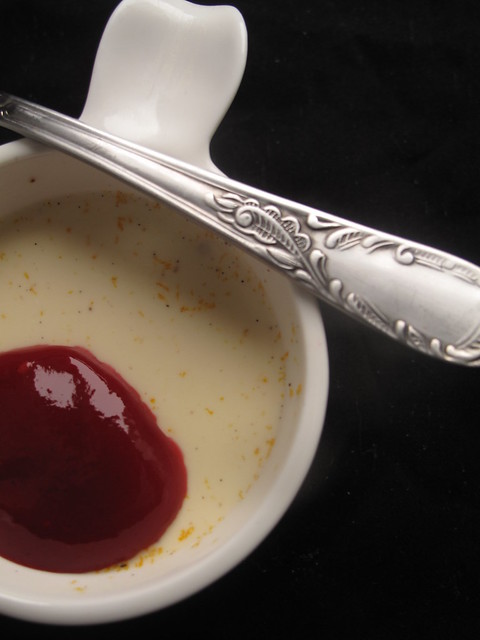
The orange-cardamom Panna Cottas were by far my favourite- the cream was perfumed with the blossoms of sweet citrus, so soft, so sweet and oh so delicious. And the cardamom brought a fresh scentedness to it, forget that the seeds sunk to the bottom. Next time I make it, I’ll make sure I grind the cardamom seeds to fine dust.and maybe strain the cream through a fine sieve.
What are your favourite quick and easy to-go recipes for the holidays?
Whatever you make, eat or drink, have a very blessed holiday season – may you feel the joy of the season and may the rebirth and renewal inspire you to great heights.[wpurp-searchable-recipe]Simply Seasonal: 3 Recipes From Kitchen To Table – – – [/wpurp-searchable-recipe]

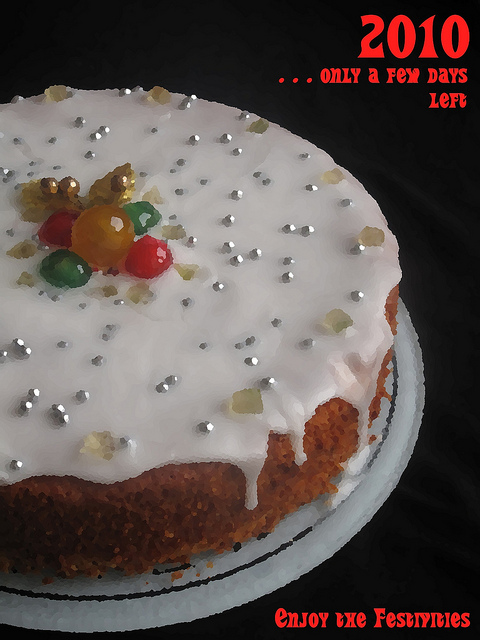

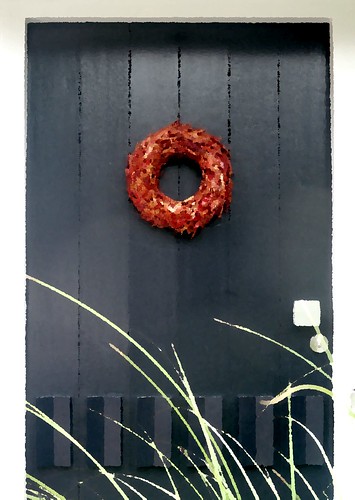
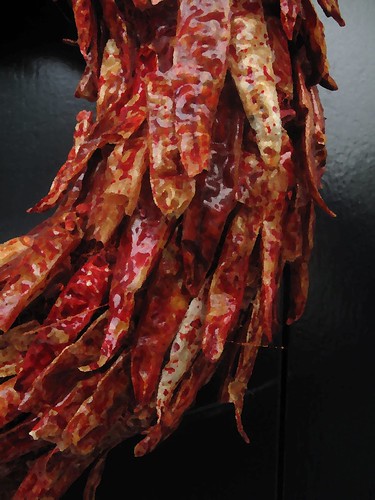
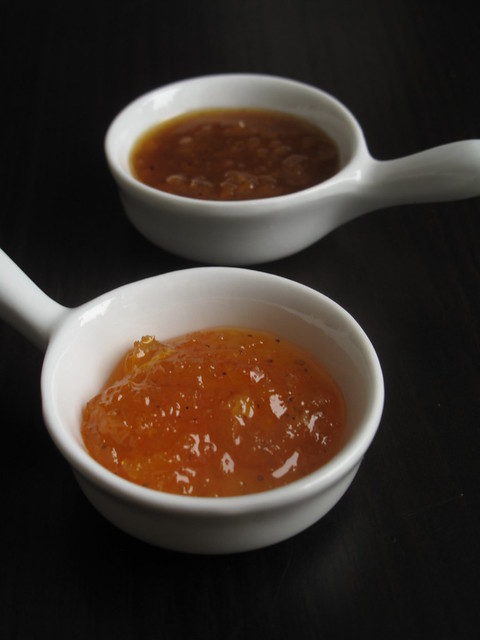
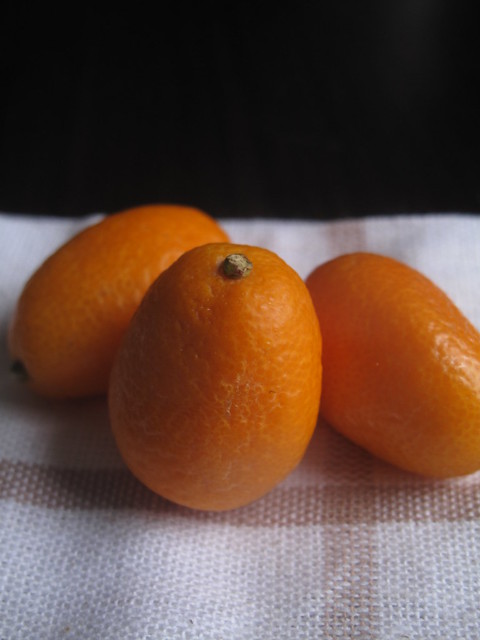
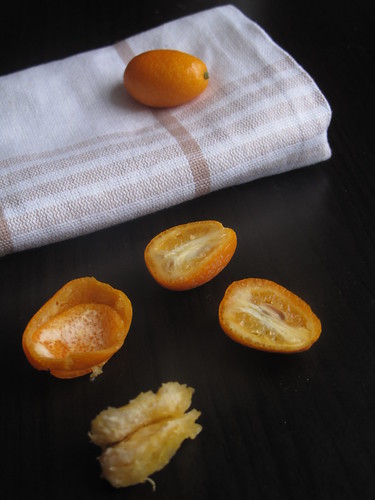
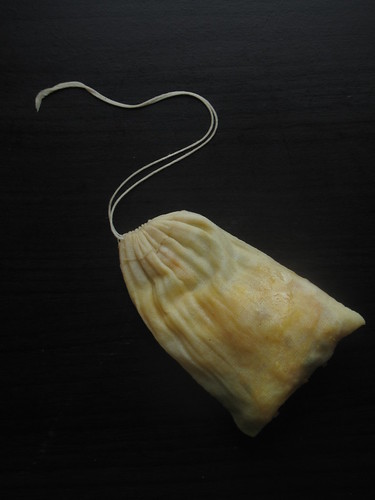
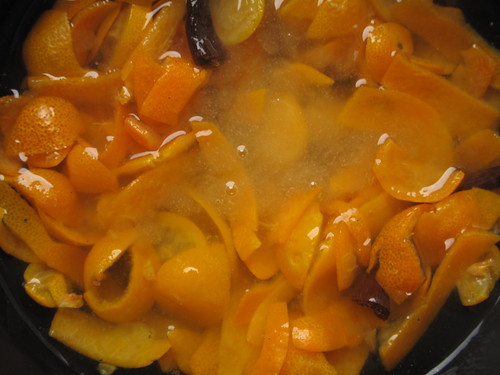
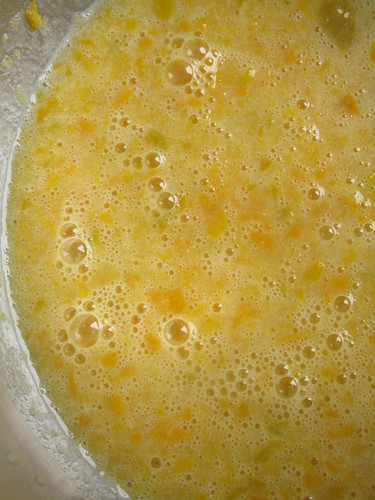
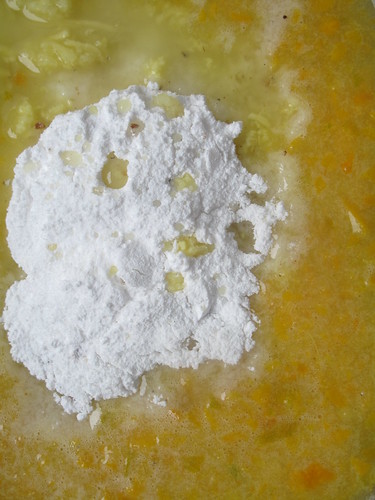
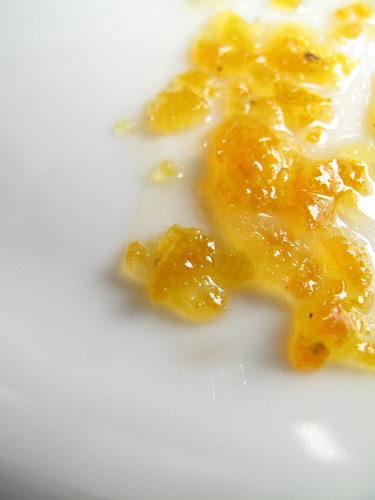
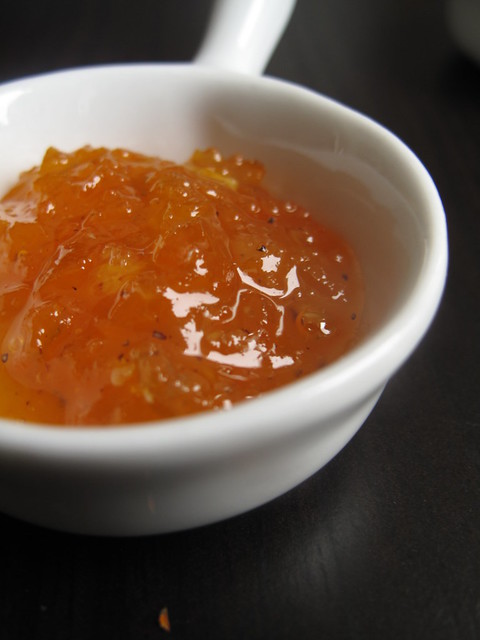
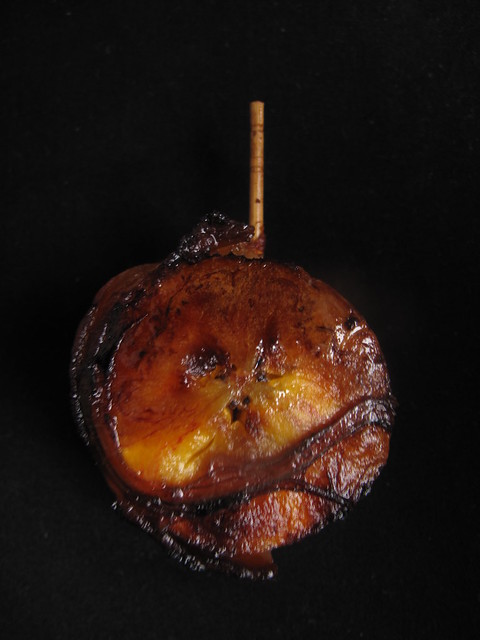
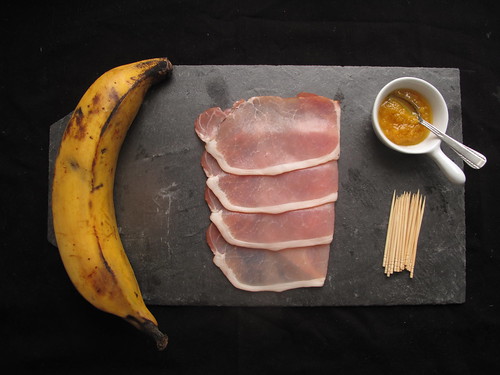
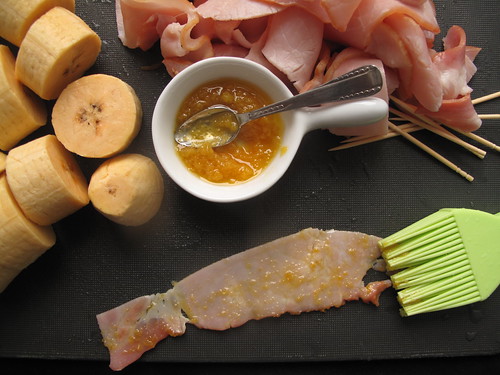

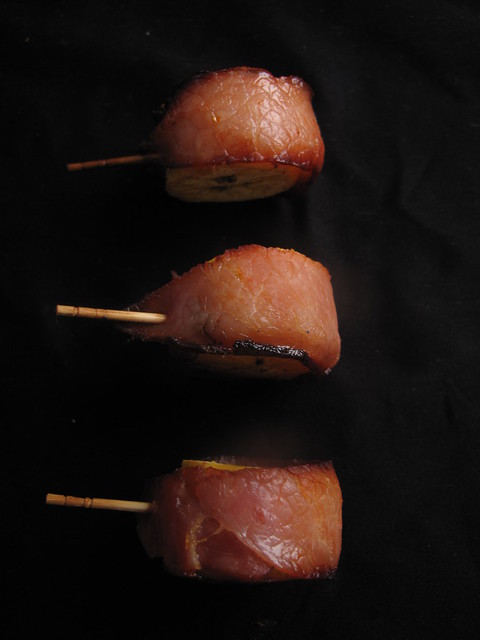
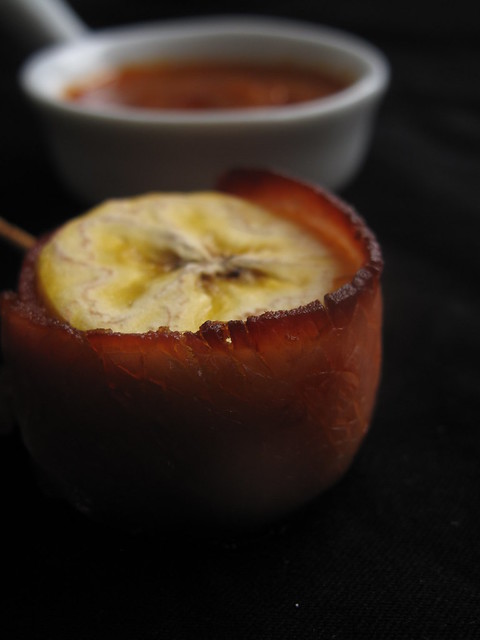
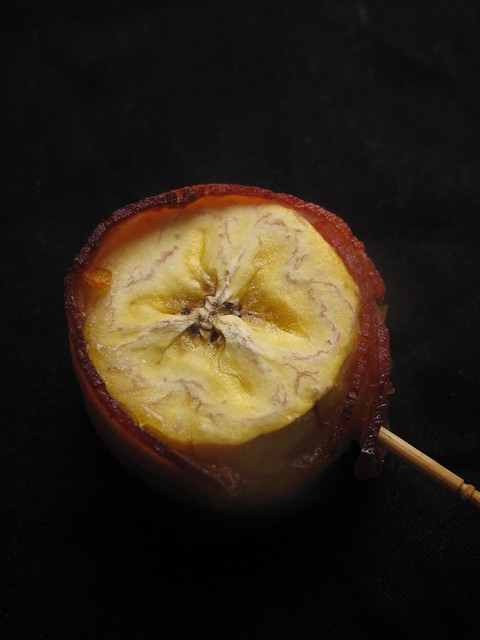
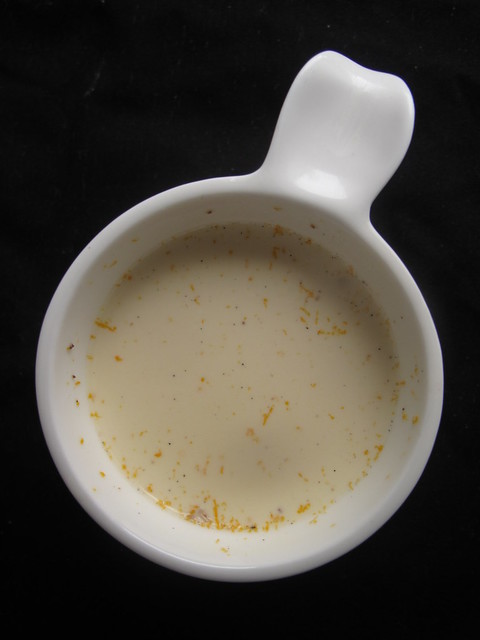
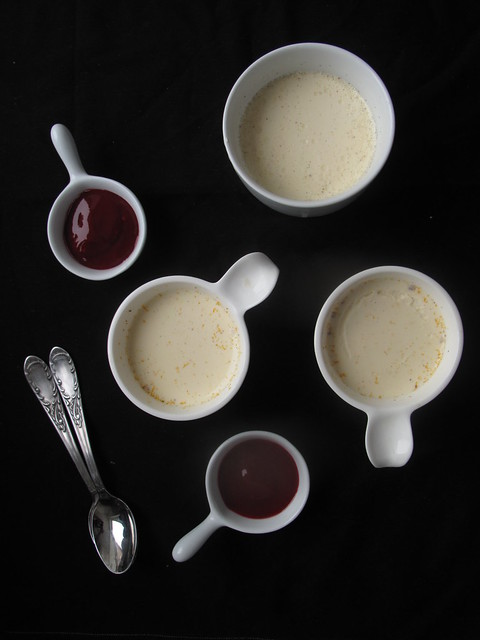
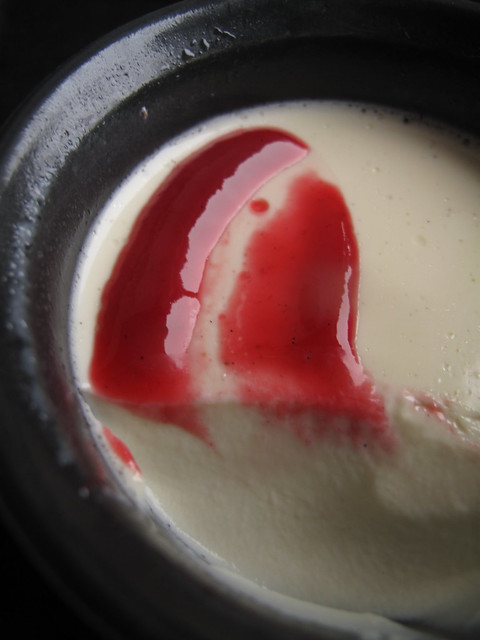
Leave a Reply